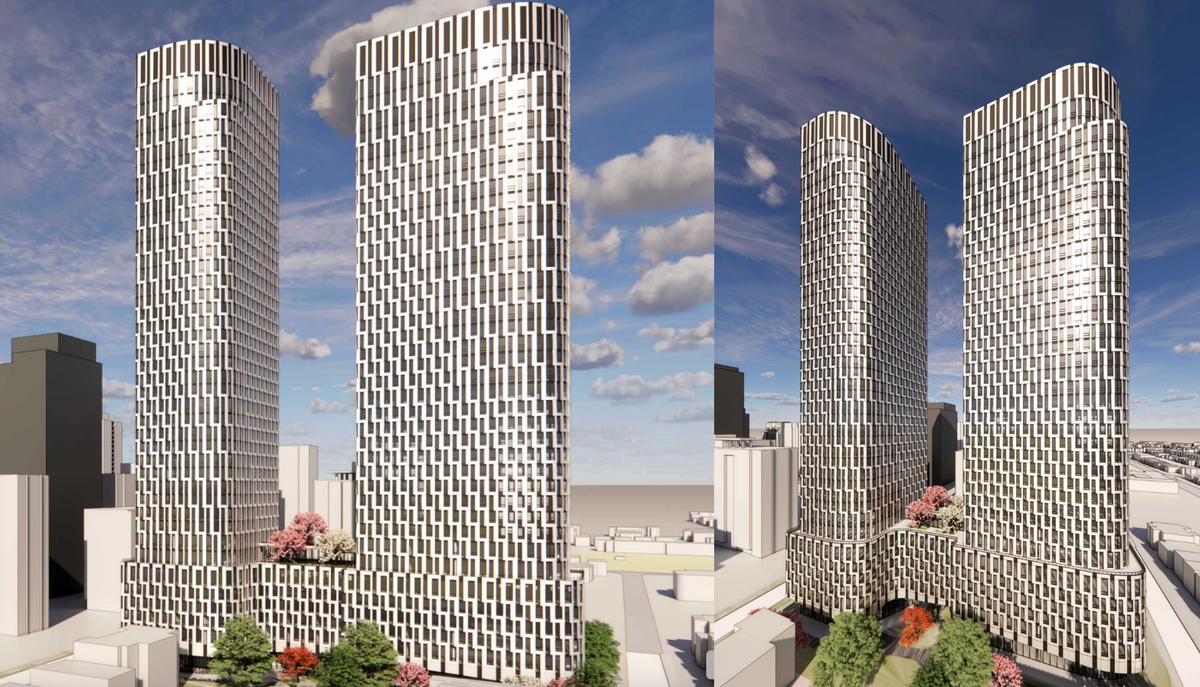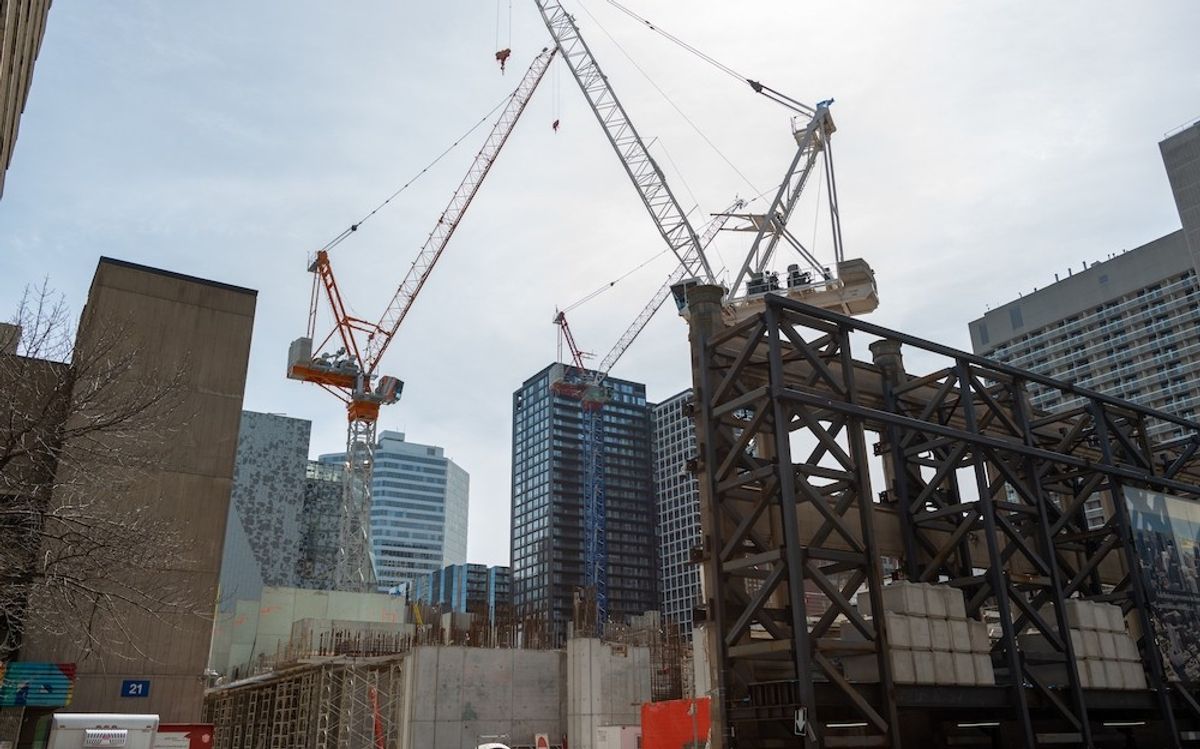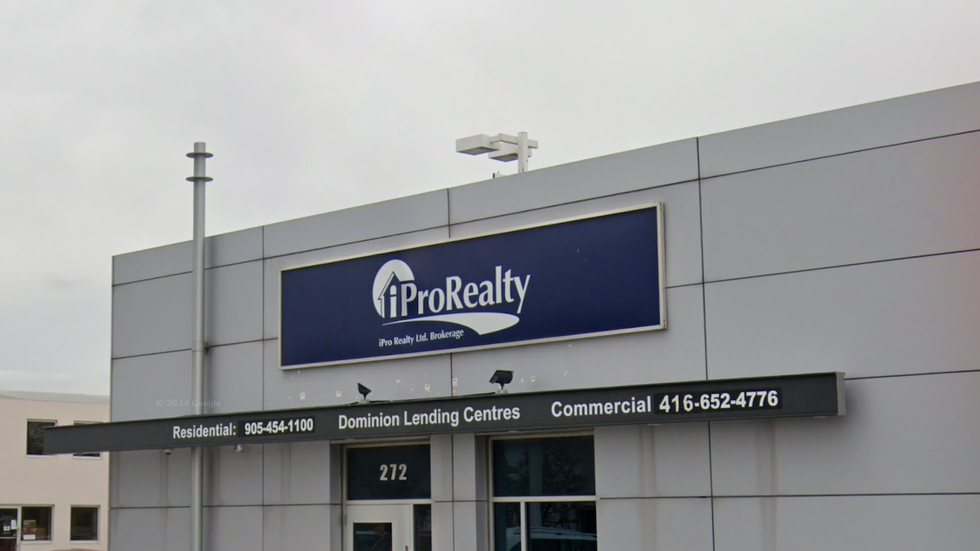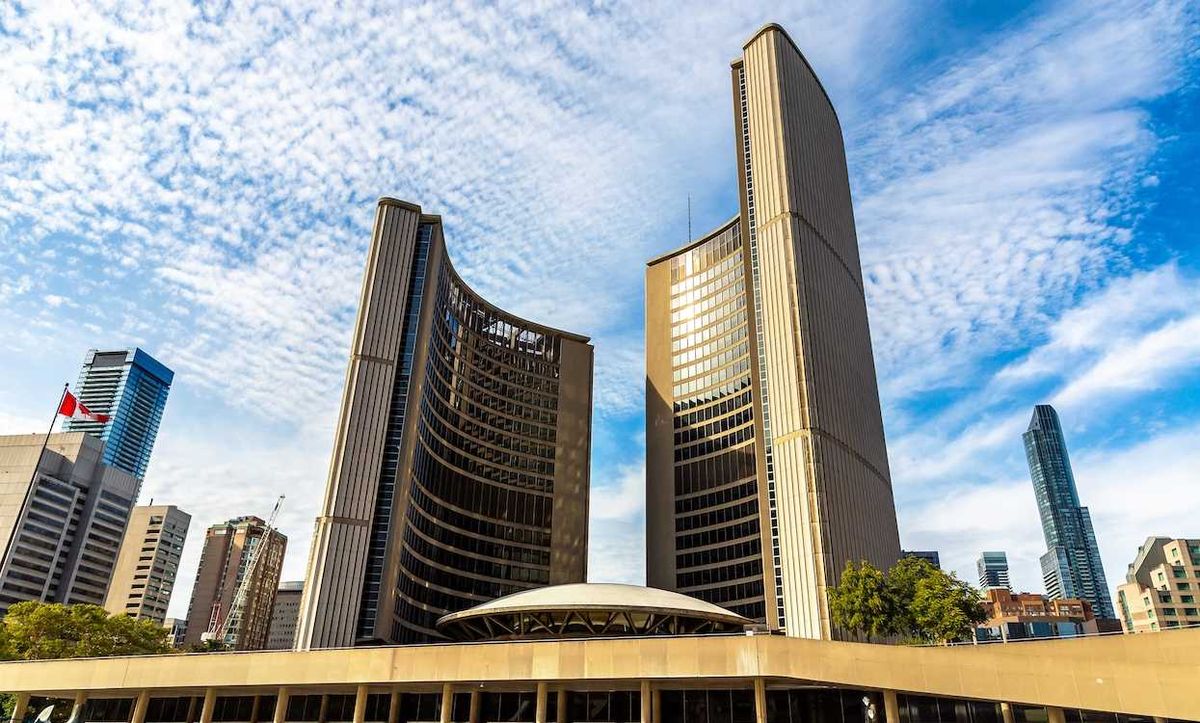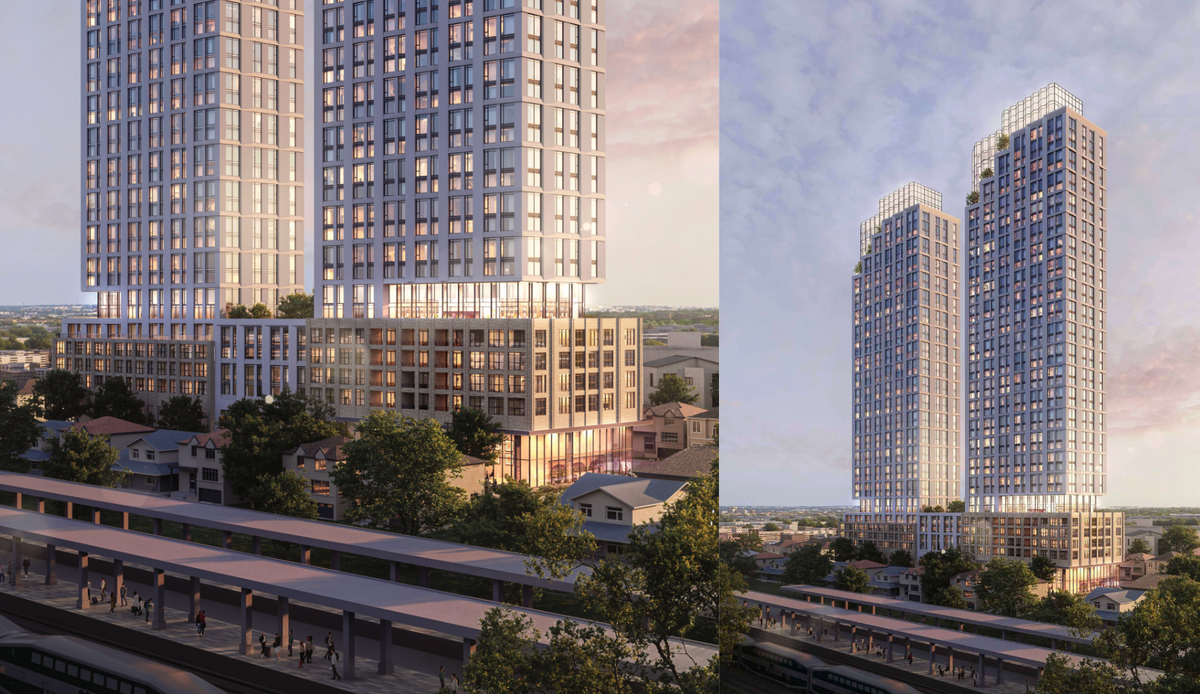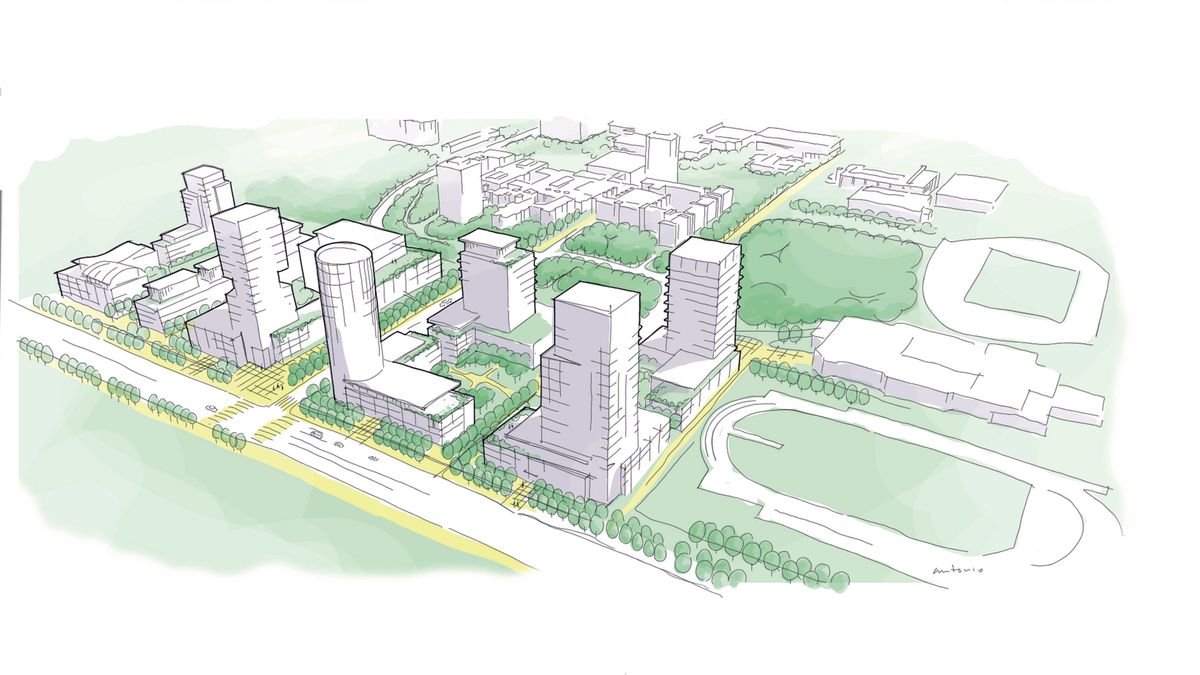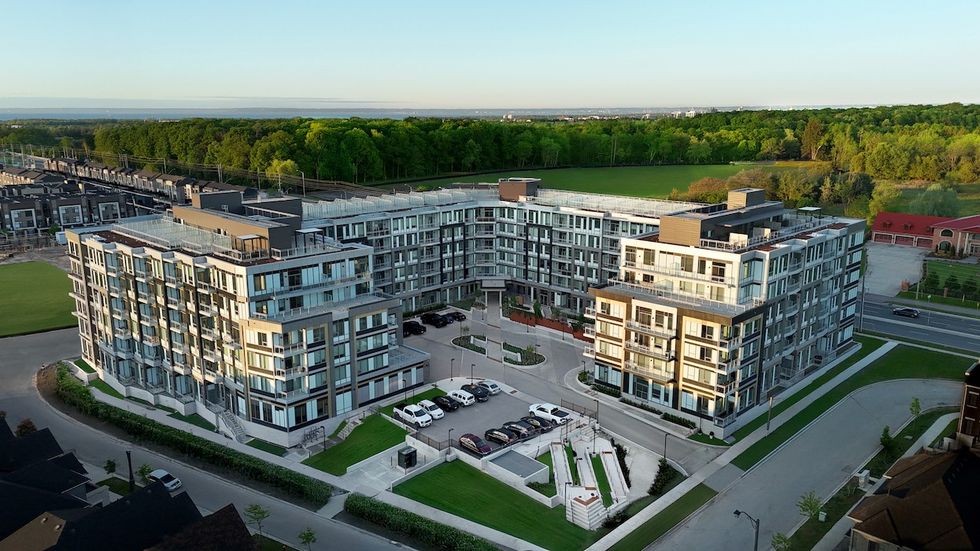In mid-August, Ontario Premier Doug Ford announced more than 60,000 Ontario public service workers would return to a four-day in-office work week starting in October, before returning to the five-day in-person schedule of the pre-covid days in January 2026. The announcement followed similar moves from Canada's big banks, including Scotiabank, BMO, TD, and RBC, all of which will require workers to be in office for at least four days a week starting this fall.
The news has been met with mixed reactions from workers themselves, but the return-to-office (RTO) trend undeniably bodes well for commercial real estate — particularly the office and and retail markets — in cities where these businesses and government offices are located.
Offices On The Rebound
Over the last three years, demand for office space has gradually returned from rock bottom levels as companies shifted from the fully-remote COVID-19 era to more hybrid or fully in-person schedules.
"That's when we started seeing some companies taking a little bit more space or the same amount of space as before," Raymond Wong, Vice President of Data Solutions at Altus Group, tells STOREYS. "Now, with the increase in mandates for employees to come back into office, we're seeing companies finally realizing, 'Look, we don't have enough space to bring everyone back, because we downsized over the last three to five years.'"
What that has meant is that as companies, and now the Province, prepare for workers' return, office vacancy rates have fallen. Though rates remain elevated compared to pre-pandemic levels, in downtown Toronto, office vacancy rates dipped by 50 basis points to 18.5% in Q1 2025, where it remained flat in the second quarter, according to data from CBRE. But the real action, Wong says, is happening in the trophy and Class A office markets.
Class A Driving Demand
"A good amount of the lease activity that we've seen so far, especially in the last 18 months, has been on the new buildings with better amenities," he says. These trophy office spaces are essentially the highest quality properties available, boasting prime location, top-of-the-line amenities (think in-office gyms and golf simulators), cutting-edge technology and infrastructure, and a polished, contemporary design. In this upper echelon of the market, vacancy rates for Class AAA office assets in Toronto have come down to just 3% as of Q2 2025.
While RTO is having the most impact on elite Class A assets at the moment, Wong foresees this demand trickling down to less in-demand office spaces, such as lower A Class assets, and eventually to class B and C, as higher rated spaces become increasingly unavailable.
"There's basically no AAA space available, but there's still space in your regular class, A, B and C, right?" he says. "So the demand is going to cascade into the Class A spaces that are close to transportation hubs, close to restaurant amenities. We're starting to see a bit of a flow and improvement in that area."
Transition Period
This "cascade" effect will depend on how RTO plays out, however, as companies make the transition back to office and, as Wong puts it, "try to figure out the right formula."
Wong explains that companies will typically lease office space with not only their current operations in mind, but also their potential for future growth. Right now, they're balancing those objectives while also transitioning their work structure. "We still have to see whether or not they enforce [RTO], and whether or not people actually come back in," he says. But based on current data and RTO mandates increasing, Wong expects recent activity to be sustained over the next 12 to 18 months.
Meanwhile, as RTO picks up momentum, there will likely be several impacts to downtown centres like Toronto. On the ground, increased foot traffic should create more demand for local retail, lowering vacancy rates, which is something Wong says has already begun for Toronto underground retail. At the same time, with more workers commuting into the city, traffic is expected to worsen and public transit would be negatively impacted as well.
Optimizing Office Spaces
As for the office spaces themselves, Senior Vice President of Workplace Advisory at Colliers, Sarah Bramley, points out that the success of RTO and will depend on what office spaces can offer employees. Including perks like in-office gyms, Bramley says workers need certain things to optimize productivity and make returning to office worth it.
"We were already finding that the office wasn't necessarily keeping pace with the ways that work was changing before the pandemic. [...] Now, with everything that's happened since the pandemic, a lot of those things have really been brought to light, because people got very cozy working from home, they had the flexibility, and they love that," Bramley tells STOREYS. "But organizations [that] are bringing people back to the office now haven't really touched their workspace in five, 10, 15 years. [...] The office is just really out of date [and] it's really not doing what people need to be productive."
Bramley is referring to things like outdated or inadequate technology, meeting rooms that are too small or hard to locate and reserve, a lack of focus spaces, and non-ergonomic workstations. Meanwhile, today's employees want conveniences like being located near transit station to cut down on commute times or having easy access to a bank, a gym, a restaurant, or some other amenity within the building.
"In the last few years people have been putting in all these amenities, and it wasn't really driving return to office, but now that there are more mandates coming out, the fact that there are these buildings with these beautiful amenities is a huge bonus," she says. "And those organizations that are in those spaces are seeing a little bit more success and a little bit less of an impact to employee engagement and experience from having those there."

